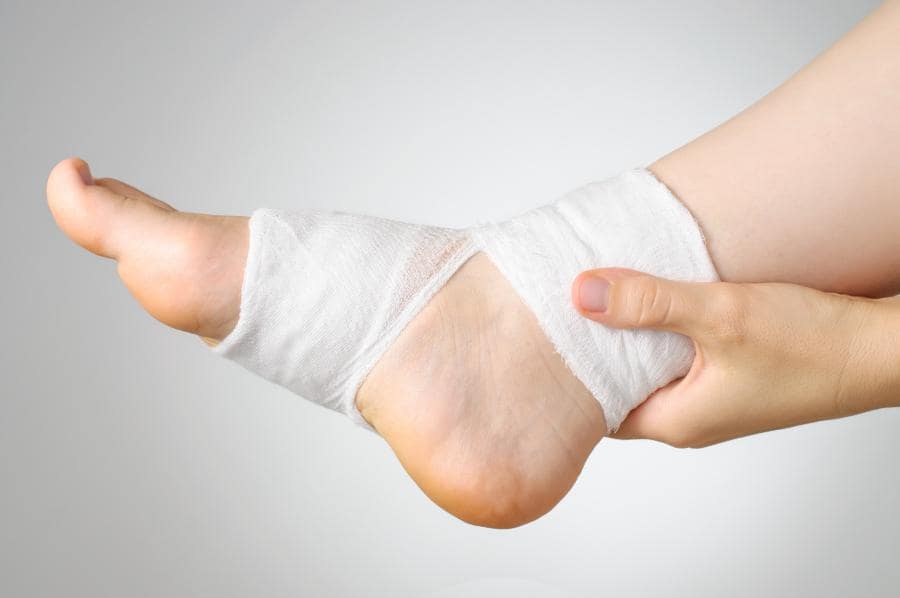Sports do a lot of good for people and communities. They provide an opportunity to breathe fresh air and exercise, all while having fun and learning to work together as a team. However, sports also come with risks — namely, strains and sprains.
Sprains are actually one of the most common musculoskeletal injuries, with an estimated 2 million cases reported each year. A sprain can be difficult and painful, but Asrar Sheikh, MD, and Teofilo Vinluan, MD, have the necessary experience to help.
To make sure you’re also prepared, our staff of compassionate professionals at Family Urgent Care in Chicago explains what causes sprains and the first steps to take after one occurs.
How’d this happen?
Your ligaments connect muscles to each other, and connect muscle to bone. A sprain happens when one of your ligaments stretches too far, or tears.
When you suffer a sprain, you may notice pain, swelling, and bruising. You may not be able to move the joint, either. The most common sprains are ankle sprains, though sprains can also affect your wrist, knee, neck, or elbow.
Sprains can be caused by several things. Ankle sprains most often result from walking or exercising on uneven surfaces, or landing awkwardly from a jump. Landing on your hands can sprain your wrist. Pivoting suddenly, as one might during a basketball game, elevates your risk of spraining your knee. Though sprains are typically regarded as sports injuries, at least half of sprains occur in inactive individuals.
Though the pain of a sprain may seem to come out of nowhere, risk factors exist, and knowing them can help you to avoid injury. Avoiding slippery or uneven surfaces can go miles to protect your physical health. Muscle fatigue makes you more likely to suffer a sprain, and the use of worn-out, ill-fitting footwear and equipment can make you vulnerable to a sudden injury.
What’s the RICE method?
Sprains don’t have to ruin your season. Sprains can be serious, but no matter the severity of the injury, it’s extremely important to seek treatment immediately. Immediate treatment at the time of injury reduces your risk of exacerbating the harmful effects.
Unfortunately, a doctor isn’t always available at the moment of injury. For situations like this, the providers at Family Urgent Care encourage patients to proactively protect themselves with the RICE method.
Originally invented in the late 1970s, the RICE method has been a preferred immediate at-home treatment for soft tissue injuries like sprains and strains. While there has recently been some mild debate as to the efficacy of the method, it continues to yield positive results across the globe.
RICE is an acronym that stands for Rest, Ice, Compression, and Elevation. These simple steps can help to protect your sprain from getting worse.
If you feel pain in your joint, stop using the joint immediately. Drop your ball, and leave the field or court. If your injury occurred in your knee or ankle, find a place to sit down. Ask for someone to bring you a bag of ice that you can comfortably hold, and keep it firmly against your injury. Once any swelling appears to go down, wrap the injury in a recommended bandage, and try your best to keep the injury raised above your heart.
What should I do next?
Some sprains are mild and heal on their own with plenty of care. However, if you find yourself in pain lasting for longer than a day or two, get in touch with your provider at Family Urgent Care. Don’t wait around in pain, possibly making an injury permanent. If you’ve been injured, reach out to one of our offices for an appointment or book online with us today.

